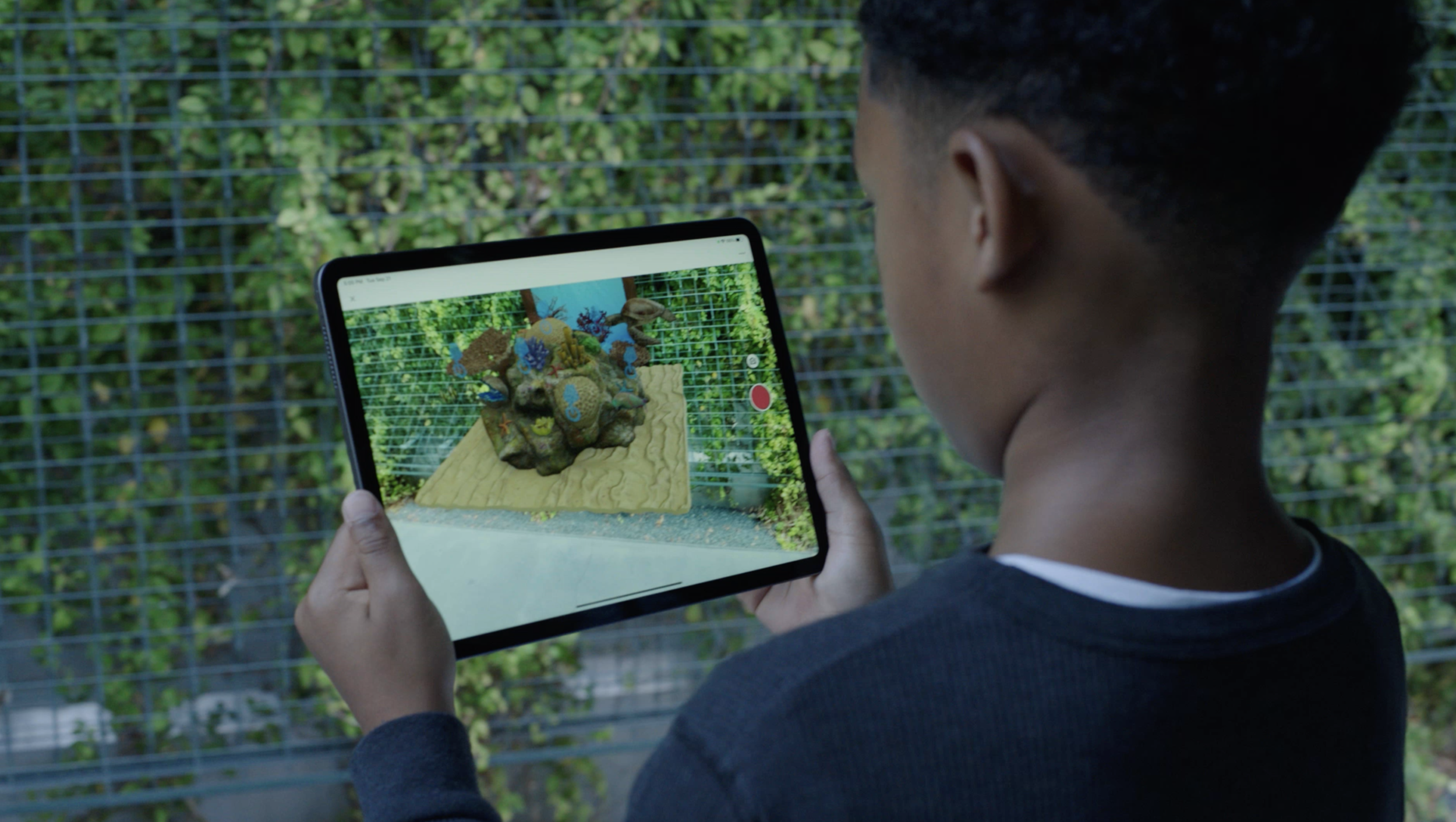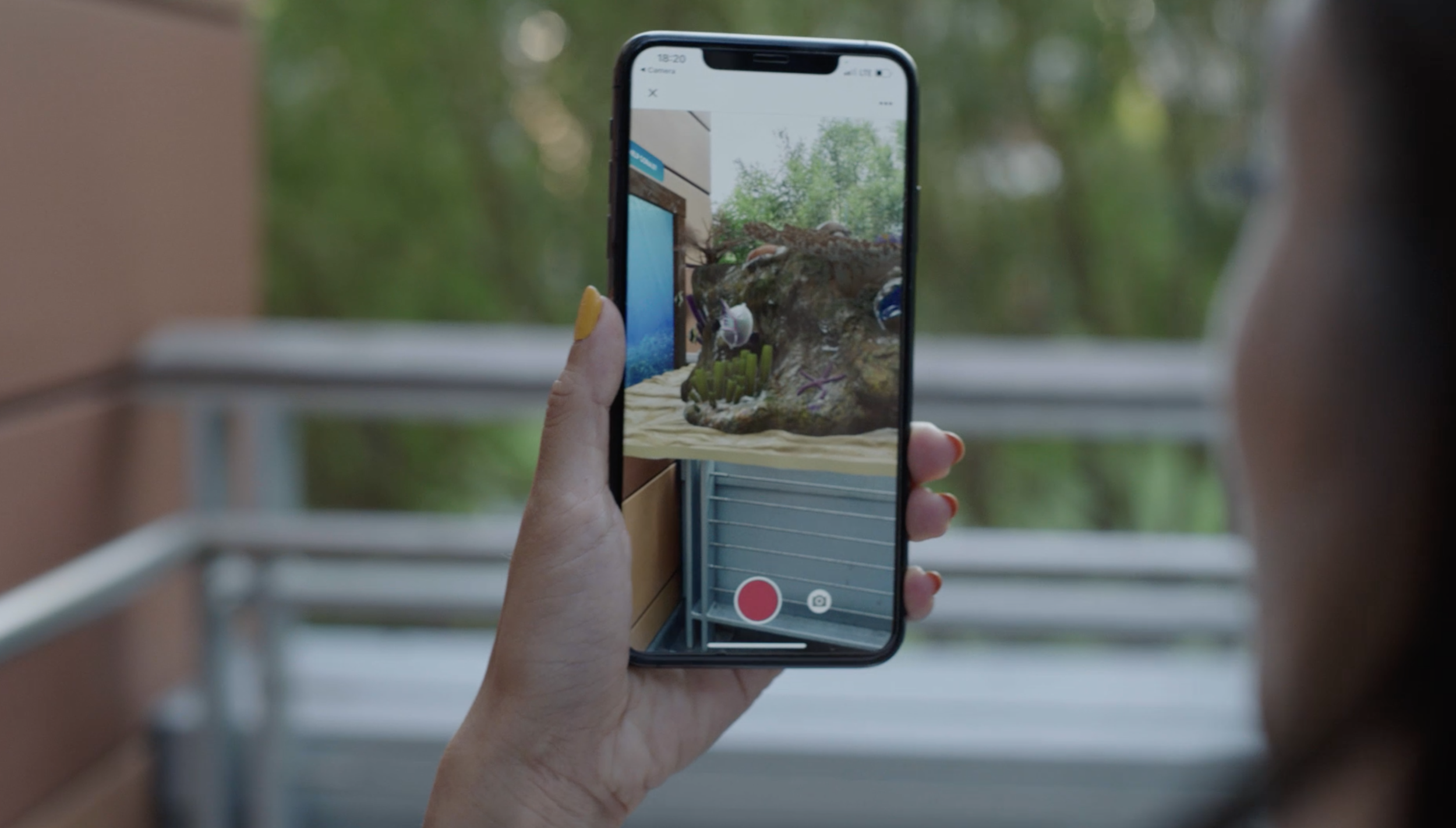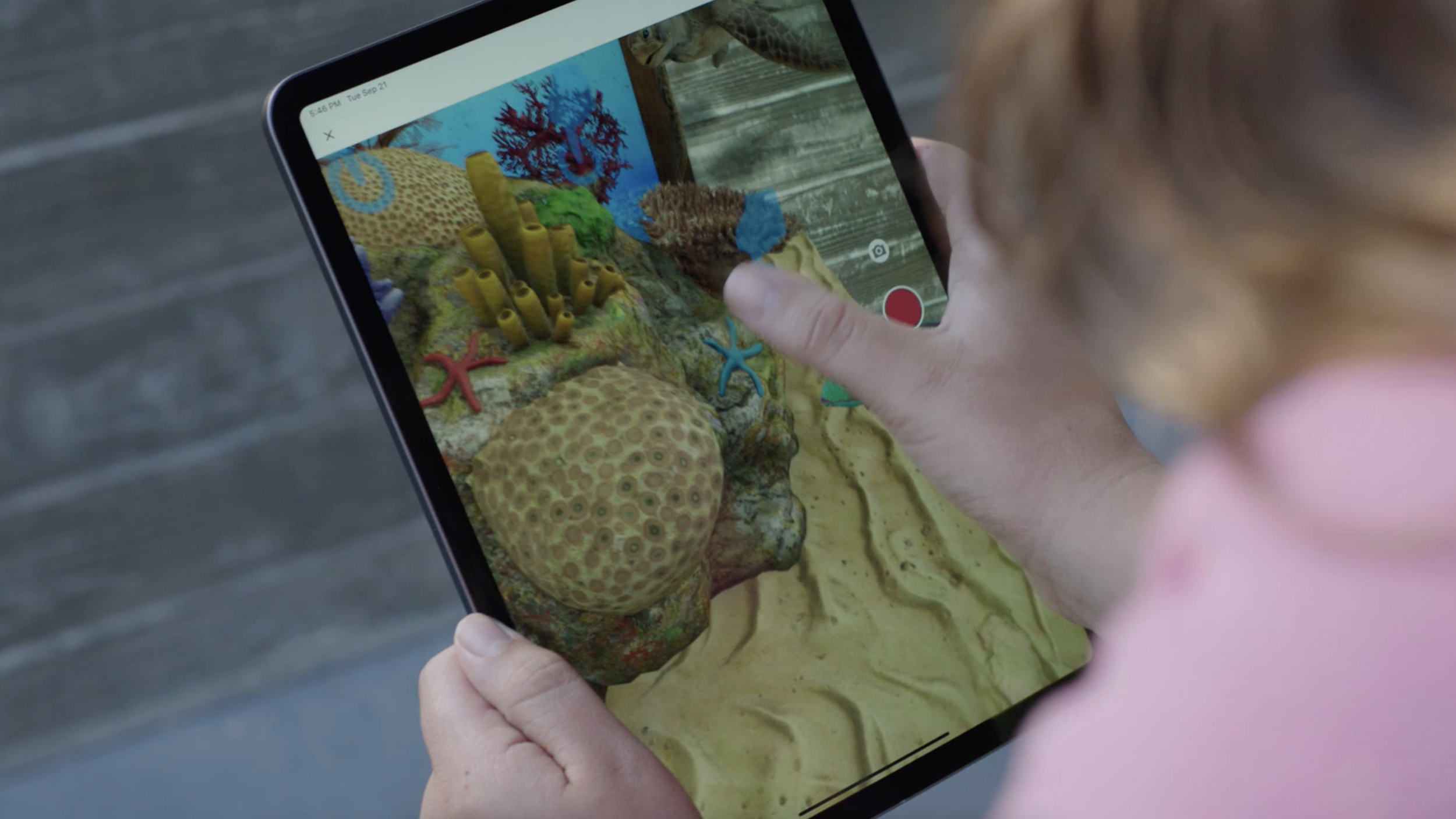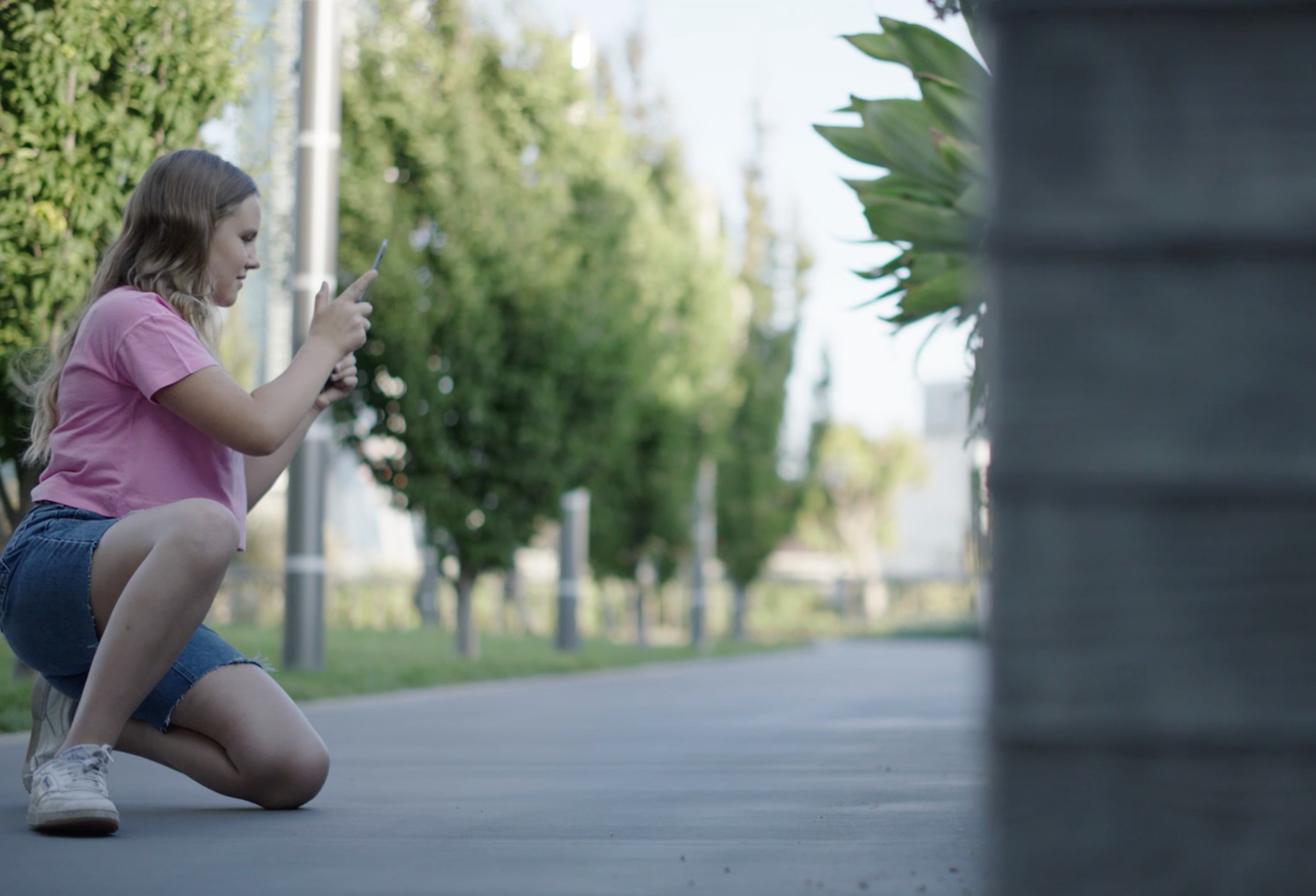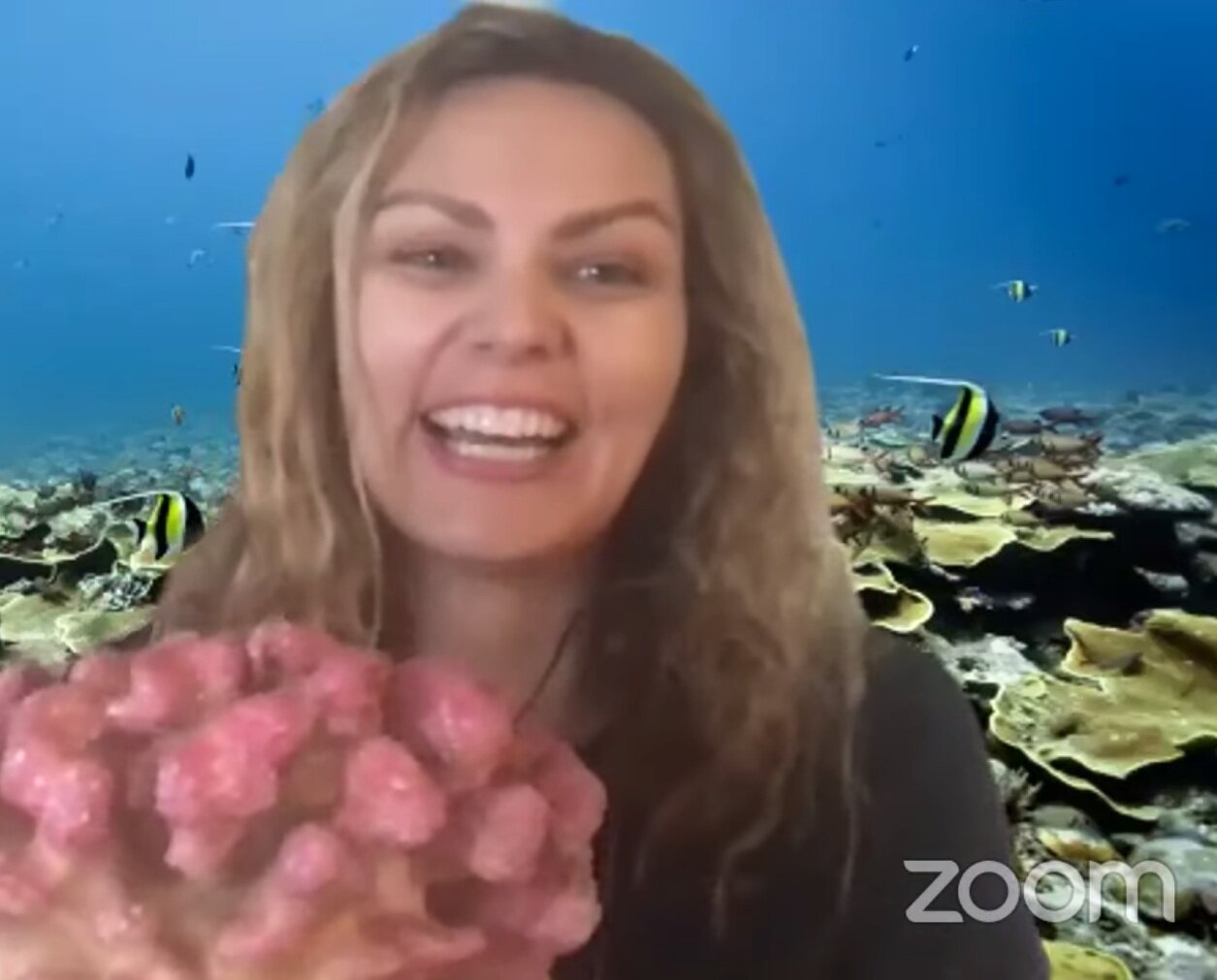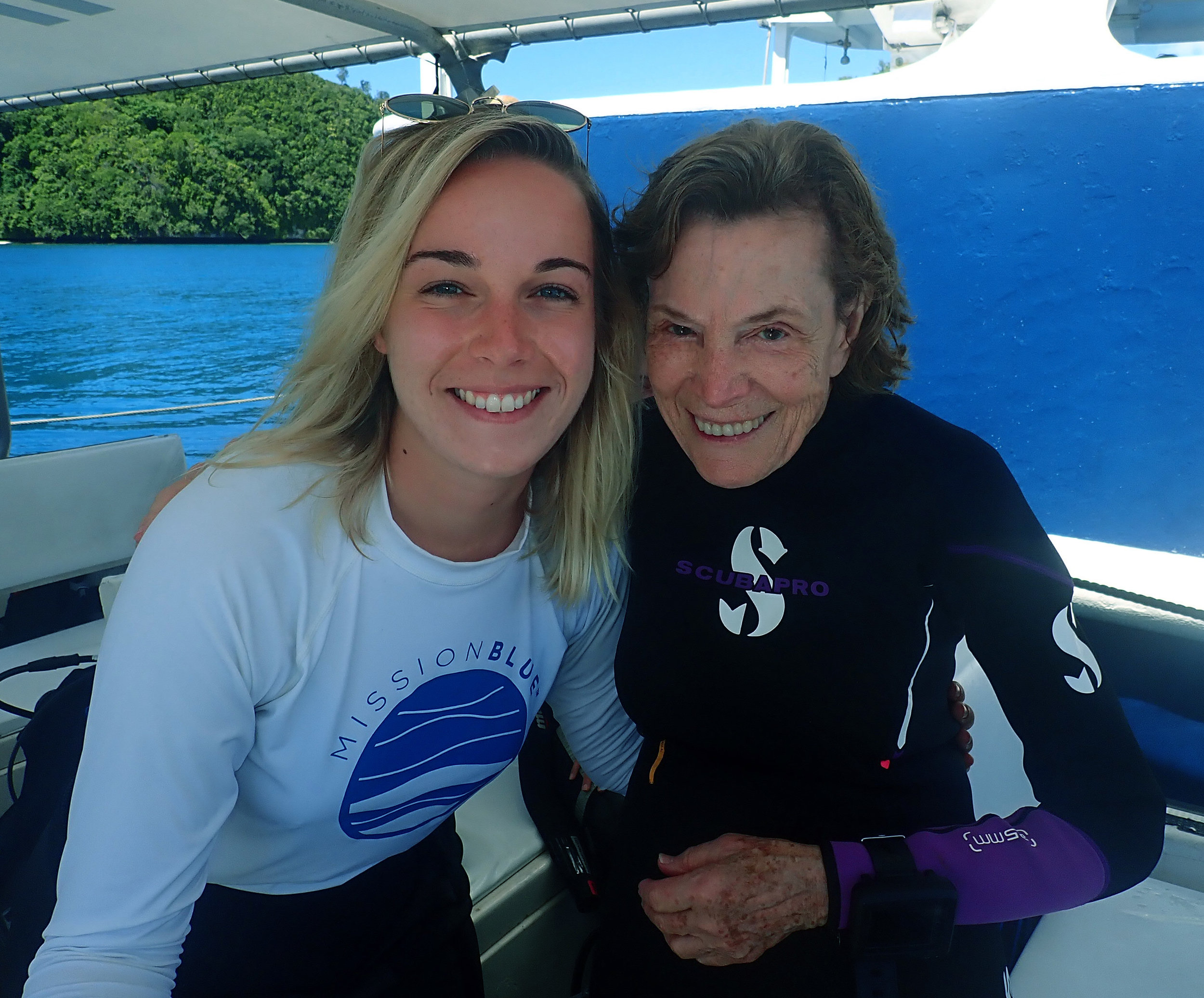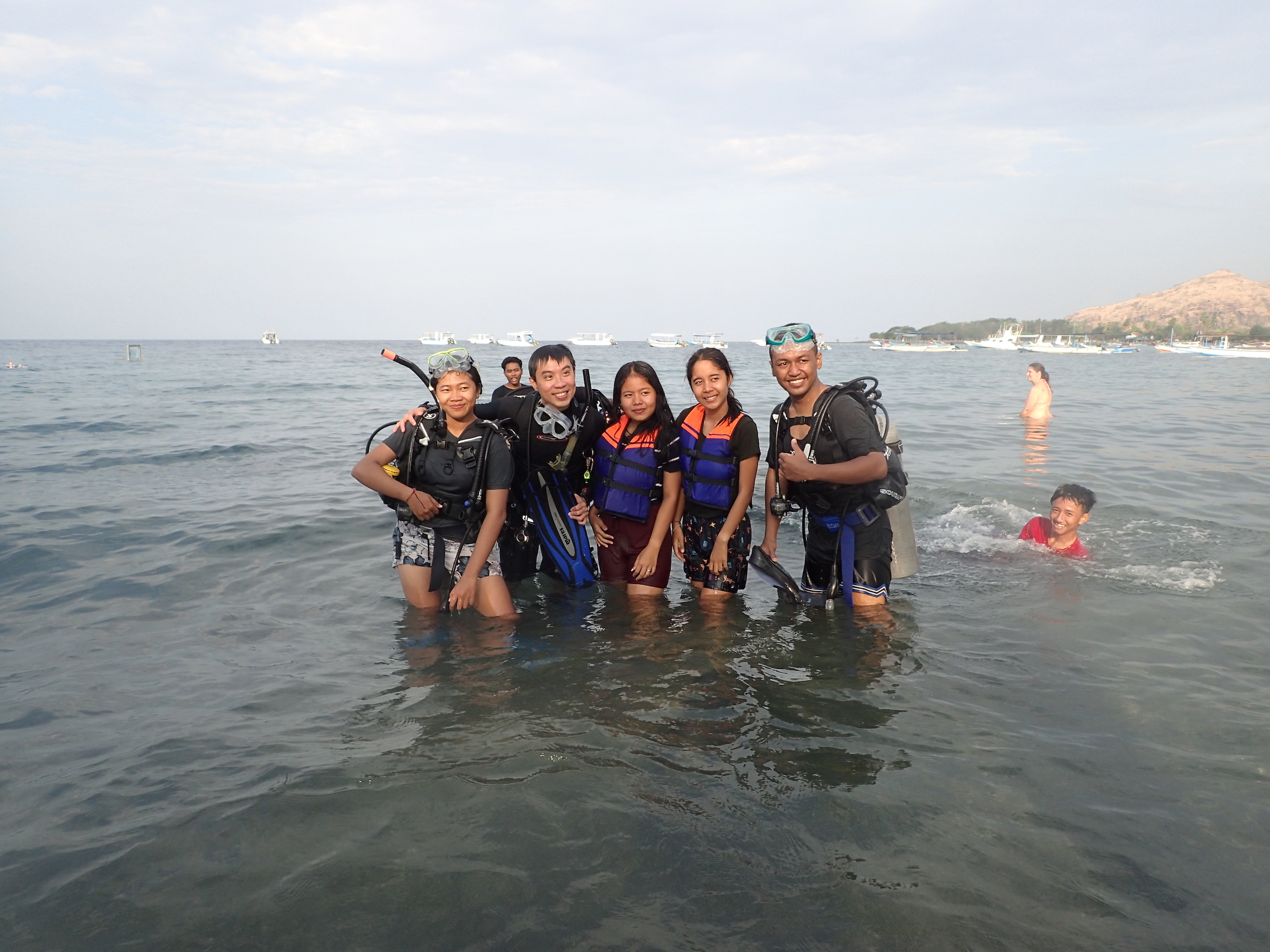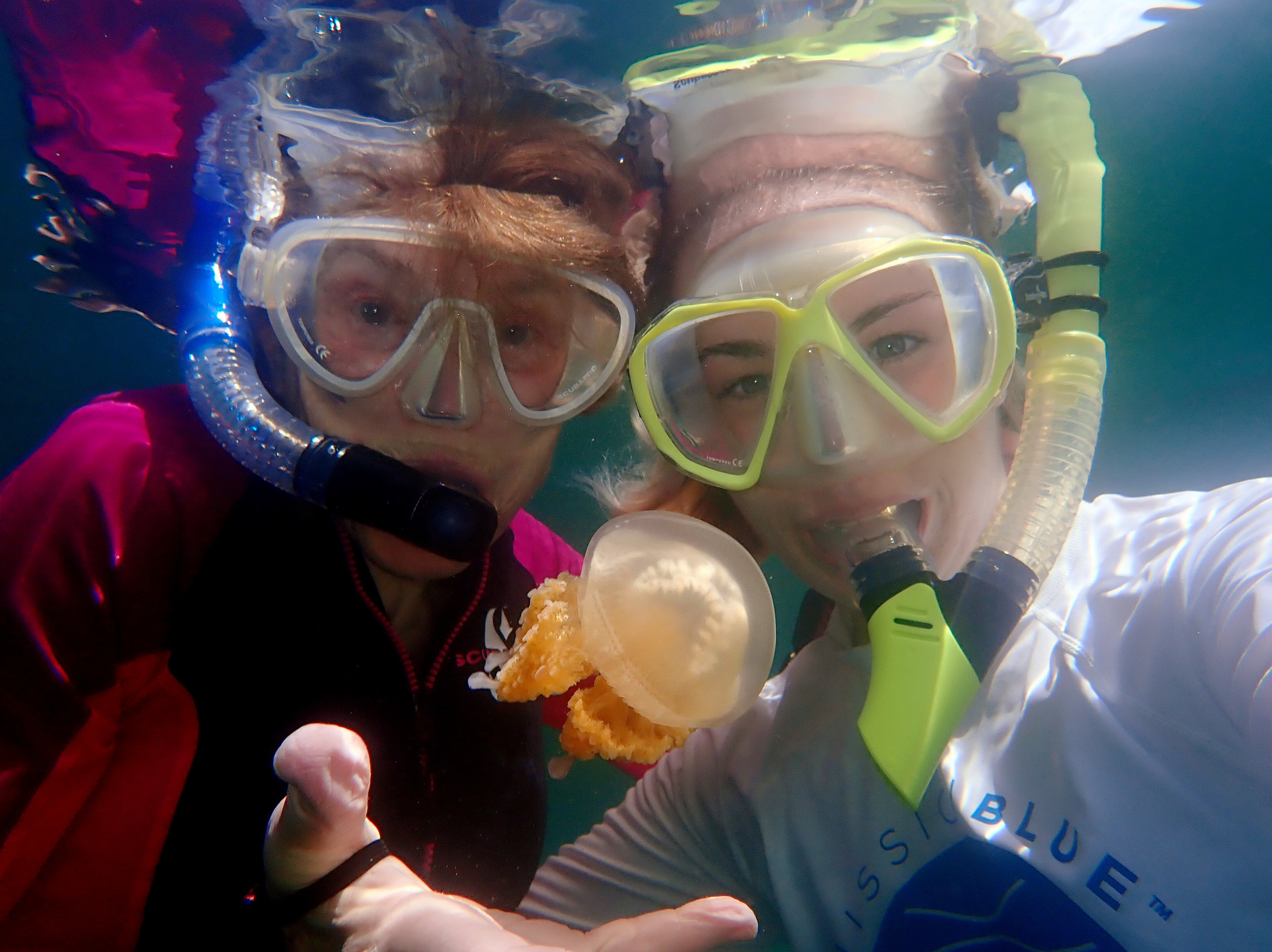AR REEF
Grow an augmented reality (AR) coral reef in your room to explore and learn about these vibrant ecosystems. Created in collaboration with the Smithsonian and Adobe, this interactive experience brings 3D scans of the museum’s coral collection to life in a fun, educational, and accessible way.
“Augmented reality can change the definition of what a museum is.”
STEP 1: SCAN OR TAP THE QR CODE TO DIVE INTO A THRIVING CORAL REEF
STEP 2: SCAN OR TAP THE QR CODE TO SEE WHAT HAPPENS WHEN THIS AR REEF IS UNDER STRESS
STEP 3:
Capture and Share YOUR AR EXPERIENCE
#DiveFromHome
STEP 4:
BECOME AN OCEAN ADVOCATE
Ocean ecosystems like coral reefs are degrading at an alarming rate – we’ve lost approximately half of the world’s shallow water reefs in the last 50 years due to the combined effect of climate change, overfishing, and marine pollution. To take on these enormous global challenges and protect our blue planet, we need everyone to be an ocean advocate.
BEHIND THE SCENES
THE HYDROUS x THE SMITHSONIAN x ADOBE
Immersive technologies like AR can create interactive and meaningful experiences that communicate the importance of marine habitats to the health of our planet and ourselves. The Hydrous, the Smithsonian, and Adobe designed AR Reef to connect you to a beautiful and threatened ocean ecosystem. “Our core objective was to connect people to coral reefs, beautiful and valuable ecosystems that are rapidly degrading worldwide from the combined effects of climate change, marine pollution, and overfishing,” said Woolsey. Unfortunately ocean environments are overexploited, underprotected, and out of mind to most, so the Hydrous sees immersive technologies like AR as engaging tools that provide access and visibility of ocean places and issues that are physically or psychologically distant.
The Smithsonian’s Digitization Program Office contributed their incredible digital 3D coral reef specimen collection (open access/CC0) created by scanning the original specimens from the National Museum of Natural History, which are stored back-of-house. “We have over 155 million specimens and objects and only 1% of those objects can be on physical display,” said Vince Rossi, the Senior 3D Digitization Program Officer, at The Smithsonian Institution.
With scientific storytelling from the Hydrous and 3D coral models from the Smithsonian, Adobe brought it all to life in Adobe Aero, a creative augmented reality toolkit. With Aero, you can interact with a digital coral reef – complete with animated fish, turtles, and mantis shrimp – placed in your living room. You can even move around it in 3-dimensional space and learn about each specimen from the Smithsonian collection. With this, the back-of-house specimen collection at the Smithsonian is shared with anyone with a smart device and internet. The story is narrated by ocean advocate and science communicator Danni Washington, who is your guide through the AR Reef experience.
“This is a brilliant medium that has the power to motivate the next generation of ocean stewards and inspire them to creatively innovate solutions to take on the challenges of the future.”
This partnership between Adobe, The Smithsonian, and the Hydrous is part of The Decade of Ocean Empathy, a program officially endorsed by the UN Decade of Ocean Science for Sustainable Development.
AR Reef is the Winner of the 2022 Webby Award for Best Virtual Partner Experience, and the Winner of two 2022 Anthem Awards (bronze) for Sustainability, Environment, & Climate Innovation Product, Innovation, or Service (Not-For-Profit) and Sustainability, Environment, & Climate Partnership or Collaboration Awareness (Not-For-Profit).



